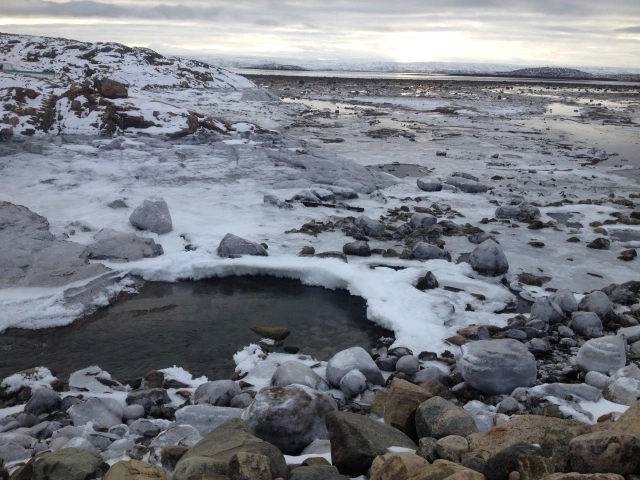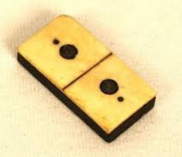More thoughts on mapping and writing – on digital verses scripted writing – on the known and the knower . . .
Writing is one of the ways we map our identity. A cv is an identity map.
The invention of writing had a major impact on identity as it permitted a separation of the known from the knower. In exclusively oral societies, in linguistic terms, the container for knowledge was always the person with the knowledge. For information to travel the person with the information had to travel, there was no map for the knowledge. (I am focusing on language because of course in oral societies art, craftsmanship, and even DNA could be created/transmitted and travel great distances from the original source and they are all are closely tied to identity).
When I write longhand, with pen on paper, my writing is located in space. It exists in one location only, and the ‘links’ in the text are created in the minds of the readers . . . either intentionally/aspirationally on my part or by a reader bring their unique perspective (identity?) to the words I’ve written.
Does what I bring to my writing differ substantially with the medium I am using? Do I create a different map/identity-fragment depending on the tool I use? Am I more present/conscious in one mode than the other?
If I write with pen and paper the form of my script is undeniably tied to me. If I come across the text ten years later I know I wrote it, it is comprised of not only my words but also my handwriting. If I compose digitally I can forget or deny authorship at a later date. So, does writing digitally in some fundamental way strips away part of my irrevocable tie to the words? Provide me with an element of anonymity? Blur the lines on the map?
In, The Artist’s Way, author Julia Cameron promotes the use of what she calls morning pages – a form of free-flow unedited longhand stream of consciousness writing for three pages. She claims that, “Morning pages map our own interior.” and are a fount of creativity for us. (there is that concept of map again!)
Cameron is insistent that the pages be handwritten “When we write by hand, we connect to ourselves. We may get speed and distance when we type, but we get a truer connection–to ourselves and our deepest thoughts– when we actually put pen to page.” There is merit to this sentiment. I think partially because of the ease of revision, when I create a piece of digital writing, I often find it harder to connect with the deep river of self that William Stafford described so beautifully when he wrote,
“My life in writing, or my life as a writer, comes to me as two parts, like two rivers that blend. One part is easy to tell: the times, the places, events, people. The other part is mysterious; it is my thoughts, the flow of my inner life, the reveries and impulses that never get known – perhaps even to me. This second part wanders along at its own pace, caught up in a story that touches the outward story but is not the same. Often this inner story hardly belongs to the place where I’m living. Whatever the calendar says, whatever outsiders demand, this other part of my life doubles back and becomes involved in its own chosen events.
My writings are current manifestation of that blending. My poems especially, are not to my mind crafted objects but little discoveries in language that spring from the encounters between outer events and that unpredictable – never sufficiently identified – mysterious river.” (Stafford, W. 1986. You must revise your life. Univeristy of Michigan Press. p. 3)
BUT . . . I have made a personal discovery, a way of getting to that mysterious river despite using a keyboard, in fact I think an even better way of accessing my mysterious river than using pen and paper. If I close my eyes as I do digital freewriting I seem to be able to bypass my internal editor and almost magically my mind and my fingertips become one and my deep stream spills forth onto the screen. I actually find that after the process I can have very little conscious idea of the content of the writing. I need to read the text to find out what my deep river was calling forth. I find that it is a fascinating process which often provides hints as to how to approach (and sometimes solve) quandaries that I am dealing with. This digital writing process has frequently been a source of inspiration for my writing.
The following poem is an example of a piece kindled by my blind (nod to Ron Samul and Blindness in Greek myth) digital free-writing process.
Nature’s Lathe
And fall creeps in with her crystal deposits of a turned leaf and cold morning, an errant breeze and an overcast sky. Soft she touches the feather of the turning year, silently scorching the rest of the week. My heart sighs knowing the inevitable curve from gold to white and caught breath in the mind. The dog pauses at the doorway in the morning and store shelves are lined with school supplies. I am in the fall of my life, tiny tickles of creaking bones and a memory that occasionally floats a rubber raft into the middle of the lake only to forget to return to shore. What patterns of interlocking puzzle are these, ripe for deciphering but perhaps overwhelmed by the call of a quick nap seducing my energies. Already stacking fireword for the winter of writing, dreams of the blaze crackling and windchimes weaving magic spells within the shelter of my mind and house. It is the time of turning and of lathes making beautiful rather than diminishing. The sky is everyday a reminder of the cycles of inevitability.











